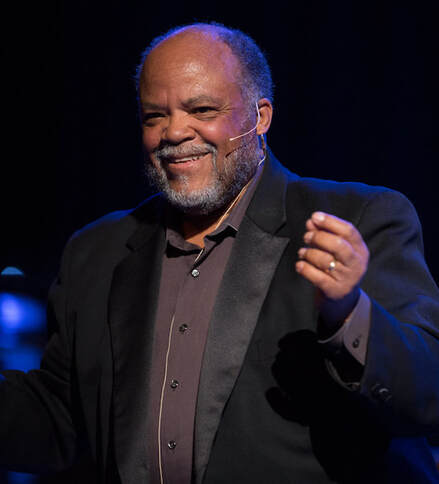Justice through Creativity...
|
|
Training Offered by Rev. Clovice Lewis, M. Div.
"On The Fence" DEI Diversity Training Workshop
Brief Training Summary
Rev. Clovice A. Lewis, Jr. conducts Diversity, Equity, and Inclusion workshops based on the play he wrote by called “On The Fence”. The play documents how four young black men navigate through issues of systemic racism, prejudice, racial profiling, interracial dating, economic and financial inequities, micro-aggression, and racially motivated physical abuse Workshop Description The one-act play, “On The Fence”, offers fertile ground for experiential and transformative learning through multiple methods. The “On the Fence: Then and Now” training event is comprised of three parts: 1) showing a digitally created video of the 1-hour play, 2) analysis, and 3) integration. Note that the play can also be performed live with workshop participants. The workshop demonstrates and encourages the practice of effective methods for personal insight. Hands-on skills are taught for countering oppression because the curriculum offers participants a chance to try new skills and experiences in a safe situation. The “On The Fence” workshop offers an overview of how the play dealt with systemic racism and prejudice nearly 50 years ago in relation to the same social justice issues today. Characteristics of the play are explored, such as the psychology of the characters, plot, structure, and central social and historical themes. There are opportunities for script readings. The workshop features role-playing exercises, small group breakouts, and written reflection. The following other aspects of the play, and how they relate to DIE goals will be addressed, depending on time and format:
Creating Awareness The "On The Fence" workshop teaches Diversity, Equity, and Inclusion (DEI) in several ways. By drawing on the themes and messages of the play, such programs create a supportive and empowering learning environment that fosters understanding, empathy, and social justice. This program teaches about racism and how to counter oppression using a transformative and embodied approach. The vehicle for instruction offers rich and varied ways to engage the subject. The DEI training generated by the “On The Fence” play are ideal for intergenerational learning. Here are some ways in which this is achieved:
Measuring Workshop Success Successful DEI training programs, like the "On The Fence" workshop have several key characteristics. These include:
The following assessment types will be employed for each workshop:
The innovative and “artistic” nature of the "On The Fence" workshop invites people, both in government and in the public, to participate in an event that can be transformative while being highly informative and thought-provoking. Accessibility Accessibility to the "On The Fence" workshops is a fundamental requirement that we take seriously. We will ensure that the following steps will be taken:
Rev. Lewis' Background as an Educator
Clovice started teaching cello to other students when he was 15 years old. Before attending the University of California at Santa Barbara, at the age of 17, he composed his first symphony “Portraits of the Gulf Coast“. Because of this rather unusual accomplishment, he was admitted to the prestigious College of Creative Studies. (Clovice was recognized as one of its star student alumni in an article written for a November 1985 edition of OMNI magazine by William K. Stuckey entitled “Encouraging Creativity in Students“).
The College considers students to be the most important people involved, not the faculty or administration. One of the unusual aspects of CCS is that students are encouraged to teach, as well as learn. So, at the age of 18, as an undergraduate Freshman, Clovice began teaching courses at CCS. During his four years as an undergraduate, he taught music theory, calligraphy and notation, 20th Century Techniques, and, ear training. By the time he finished as an undergraduate in June 1978, he was a seasoned college instructor. in August, 1978 he made a proposal to teach Computer Music based on the research he had done in the field as an undergraduate. On August 18, 1978 he was appointed as a Lecturer at the College of Creative Studies. Click here for a pdf copy of the letter from Robert Michaelsen, Vice-Chancellor of Academic Affairs. That letter started an association with the CCS that would last for seven years. Over time, he was promoted to the position of Associate Professor. He was the first professor of computer music at UC Santa Barbara. Clovice went on to found Technology Media Enterprises, a pioneering Silicon Valley company that specialized in multimedia production, technical writing, training, and 3D modeling and animation. |

